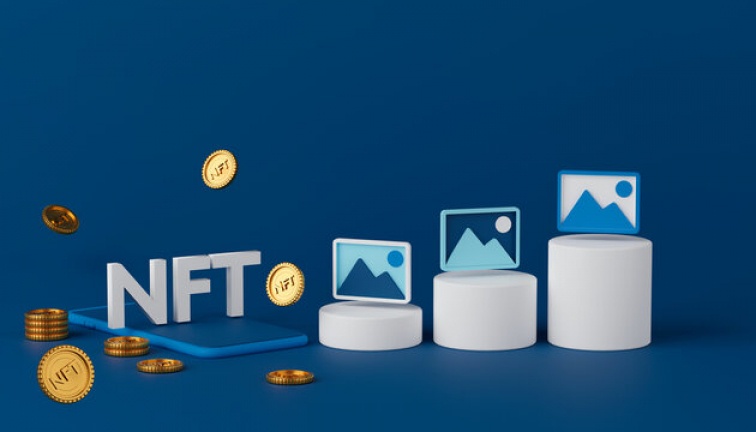The emergence of non-fungible tokens (NFTs) has revolutionized the way people buy and sell digital assets. Unlike traditional digital assets, NFTs are unique and stored on a blockchain, making them tamper-proof and verifiable. This has opened up a world of possibilities for artists, musicians, and collectors who can now monetize their digital creations in a way that was previously impossible.
How to create an NFT marketplace?
Choose a blockchain platform:
The first step in creating an NFT marketplace is to choose a blockchain platform. There are several blockchain platforms available, including Ethereum, Binance Smart Chain, and Polygon. Each platform has its own advantages and disadvantages. Ethereum is the most popular platform for NFTs, but it can be expensive to use. Binance Smart Chain and Polygon are more affordable, but they are not as secure as Ethereum. You should choose the platform that best fits your needs and budget.
Develop smart contracts:
Once you have chosen a blockchain platform, the next step is to develop smart contracts. Smart contracts are self-executing contracts that are stored on the blockchain. They define the rules and conditions of the transaction, and they automatically execute when the conditions are met. You can use a programming language like Solidity to develop smart contracts.
Design the user interface:
The user interface is an important part of any marketplace. It should be easy to use and navigate. You can use a web framework like React or Angular to design the user interface. The user interface should allow users to create, buy, and sell NFTs. It should also provide information about the NFTs, such as their price, description, and ownership.
Integrate a payment gateway:
To buy and sell NFTs, users will need to use a payment gateway. You can integrate a payment gateway like Stripe or PayPal into your marketplace. The payment gateway should allow users to pay with fiat currency or cryptocurrency. You should also consider implementing a wallet system, so users can store their cryptocurrency in your marketplace.
Implement security features:
Security is a crucial aspect of any blockchain application. You should implement security features like two-factor authentication, SSL encryption, and IP whitelisting. You should also use a decentralized storage system like IPFS to store the NFTs. This will ensure that the NFTs are not lost or stolen.
Market your NFT marketplace:
Once your NFT marketplace is live, you need to market it. You can use social media platforms like Twitter, Instagram, and Facebook to promote your marketplace. You can also use paid advertising to reach a wider audience. You should also consider partnering with NFT artists and collectors to showcase their work on your marketplace.
Conclusion:
Creating an NFT marketplace requires a comprehensive understanding of blockchain technology, smart contracts, user interface design, security, and marketing. However, the potential for success is significant, as NFTs continue to gain popularity among artists, musicians, and collectors. By following the steps outlined in this blog post, you can create a secure and efficient NFT marketplace that attracts a broad range of users.
If you find the process of creating an NFT marketplace daunting, you can always seek the help of an NFT marketplace development company. These companies have a team of experts who specialize in blockchain technology, smart contract development, user interface design, and security. They can help you create a unique and user-friendly marketplace that meets your business requirements. Therefore, collaborating with an NFT marketplace development company can be a wise investment that can save you time, money, and resources.


No comments yet